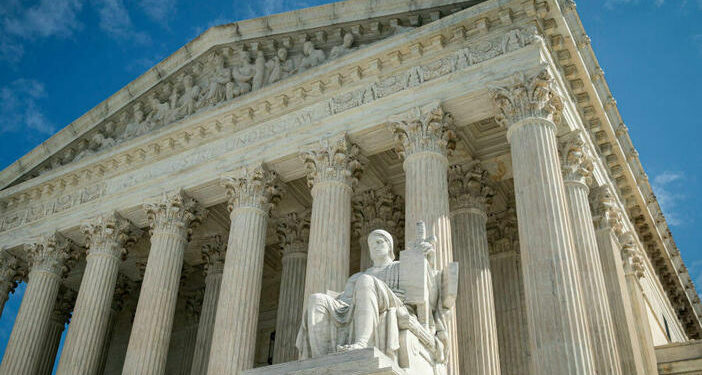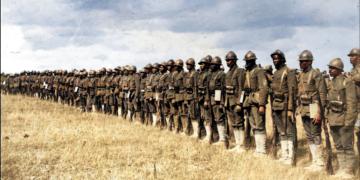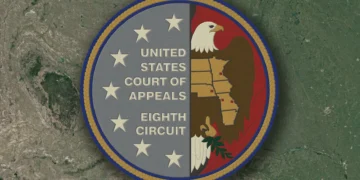March 27, 2025 Story by: Editor
In the landmark 1842 case of Prigg v. Pennsylvania, the U.S. Supreme Court addressed the contentious issue of fugitive slave rendition and the balance of power between state and federal governments.
Background of the Case
Edward Prigg, a Maryland resident, was indicted in Pennsylvania for kidnapping after forcibly returning Margaret Morgan, an alleged fugitive slave, to Maryland. Morgan had lived in Pennsylvania for several years after escaping slavery in Maryland. Prigg acted on behalf of Margaret Ashmore, who claimed ownership of Morgan. Upon obtaining a warrant from a Pennsylvania justice of the peace, Prigg apprehended Morgan. However, the magistrate declined to intervene, leading Prigg to take Morgan and her children back to Maryland, actions that resulted in his conviction under Pennsylvania’s 1826 anti-kidnapping statute.
Supreme Court’s Decision
The Supreme Court overturned Prigg’s conviction, ruling that Pennsylvania’s law was unconstitutional as it conflicted with the federal Fugitive Slave Act of 1793. Justice Joseph Story, delivering the majority opinion, emphasized that the Constitution granted the federal government exclusive authority over the rendition of fugitive slaves. He stated, “The right to seize and retake fugitive slaves…is given directly by the Constitution to the owner.”
Implications of the Ruling
This decision reinforced federal supremacy over state laws concerning fugitive slaves and invalidated state statutes that interfered with slave owners’ rights. It also underscored the contentious nature of slavery in America, exacerbating sectional tensions that would eventually lead to the Civil War.
Historical Context
The ruling in Prigg v. Pennsylvania highlighted the legal complexities surrounding slavery and the challenges of balancing state sovereignty with federal authority. It also reflected the pervasive influence of pro-slavery sentiments in judicial decisions of that era.
Conclusion
Prigg v. Pennsylvania remains a pivotal case in American legal history, illustrating the judiciary’s role in interpreting the Constitution amidst the nation’s deep divisions over slavery. The Court’s decision not only shaped the legal landscape of its time but also contributed to the broader discourse on civil rights and federalism in the United States.
Source: Justia US Supreme Court

















